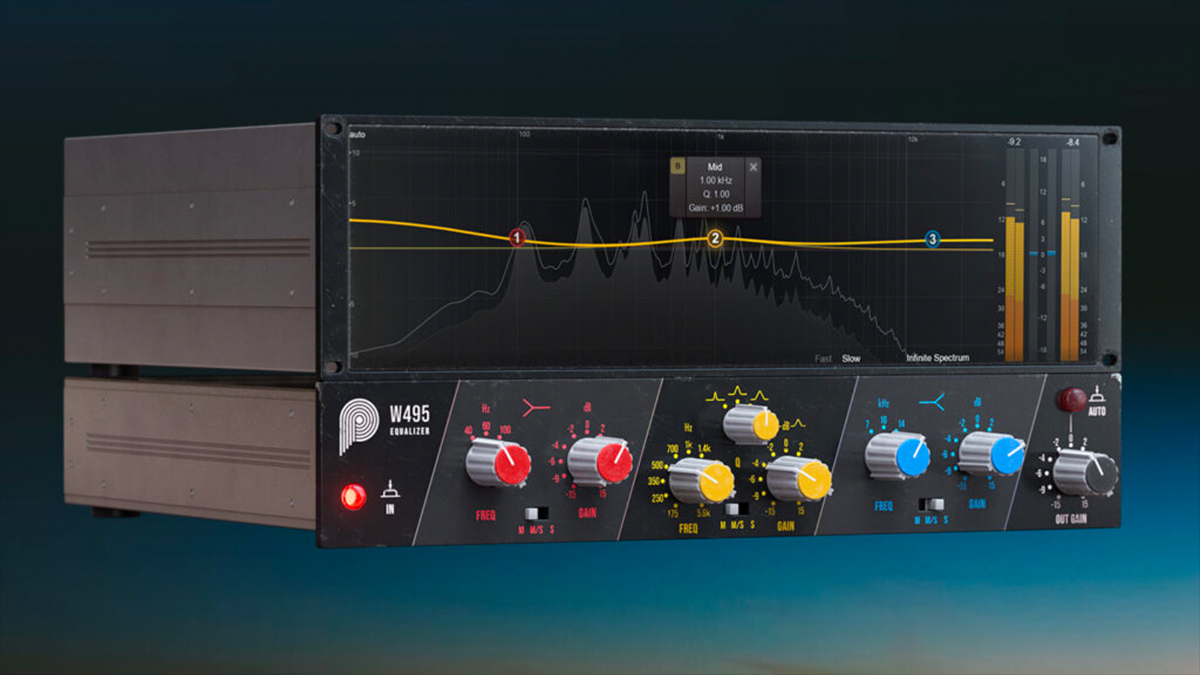Could this Neumann w495 emulation be the most useful free EQ plugin you download this year?
Pulsar is giving away a software version of the 3-band equalizer that became a mastering legend and is still in use today
There’s an argument for saying that you shouldn’t download every free plugin that gets released - limiting your gear choices can certainly make you more productive - but when that plugin is what looks like a solid emulation of a classic EQ, it’s hard to pass it up.
Pulsar’s w495 reboots the much-loved Neumann EQ of the same - the one that Pulsar reckons was “used to master 90% of the vinyl records manufactured from the 1970s to the 1990s”. There was a reason for this, of course: it sounds lovely, even when pushed to extreme levels, and remains popular to this day.
The new plugin promises to recreate that sound, and can be applied both to individual tracks and an entire mix. Additional features that weren’t present in the hardware include visual curve editing and a spectrum analyser, though you can still just twist the knobs and 'mix with your ears' if you wish.
Pulsar claims to have gone right down to component level with its w495 modelling, taking into account its subtle band saturations, the unique sound of its output transformers and the distinct sonic characteristics in the low, mid and high frequencies. There are also mid/side routing options, presets, a resizable GUI and comprehensive metering options.
The Pulsar w495 will ultimately retail for $49, but it’s free until the end of October. It runs on PC and Mac in VST/AU/AAX formats, so should work for pretty much everyone.
Find out more and download it on the Pulsar website.

Want all the hottest music and gear news, reviews, deals, features and more, direct to your inbox? Sign up here.



I’m the Deputy Editor of MusicRadar, having worked on the site since its launch in 2007. I previously spent eight years working on our sister magazine, Computer Music. I’ve been playing the piano, gigging in bands and failing to finish tracks at home for more than 30 years, 24 of which I’ve also spent writing about music and the ever-changing technology used to make it.